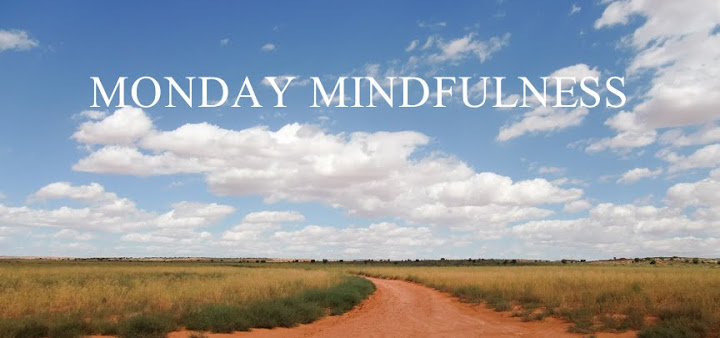The requirement of true mindfulness does not afford us the
luxury of camping out within the gated privacy of our own hearts and minds. It
requires us to include what’s happening outside of ourselves, and
little-by-little, that means everything.
So today I am writing about the
difficult and painful, about a different kind of climate disruption. Think of Michael
Brown, James Foley and Trayvon Martin, that so many marginalized people only have
access to the worst food, the dirtiest water, substandard education and
healthcare, run-down homes (if they have homes at all), that our prisons are
bursting with unprecedented numbers of young African American men, the
militarization of our police, that racial profiling is real, and I cannot leave
out the polar bears, butterflies and bees.
When I think about the myriad causes and conditions that
were present for Michael Brown to have been killed in Ferguson, I can imagine the
fear, pain, distrust, anger and resentment that created a big gaping wound of
profound suffering. As I’ve watched the footage of the protests, the wound is
obvious and palpable. No imagination is necessary. When we see this kind of pain, really take it in, we cannot unsee it. How it got there is probably
ancient and not such ancient history; traceable and untraceable, knowable and
unknowable.
In light of these terrifying and deeply disturbing events, I
want to talk about morality from the Buddhist perspective. This perspective
gives me hope and it gives me something I can do. It helps to transform my
sense of helplessness and restores my balance. I’m not giving you a lecture in
morality, I promise.
In Buddhist practice there are lists for everything. The Paramis, translated as the Perfections of the Heart is one such
list. Generosity is the first and Morality is next. Morality is also addressed
directly through Wise Action in the Eightfold Path, another foundational list. The
bottom line is that we’re asked to live a life of non-harming, but how we define
non-harming is different from one person to the next, from one community to the
next, and from country to the next.
Here are the five guidelines the Buddha taught for lay
practitioners like us that define non-harming, and set the intention for living
a moral life.
1.
Protect life by not killing anything that
breathes
2. Be generous with our resources and do not taking
anything that hasn’t been freely or directly given
3. Respect our bodies by not using sexuality in a
way that harms or exploits ourselves or others
4. Take care in how we speak to others, guiding our
language to be kind, truthful, useful and appropriate. Having good timing may
be the most crucial of all. How many times have we said something truthful,
useful and kind, but our timing was so off that what we said had nowhere to
land or caused unintended consequences?
5. Maintaining a clear mind by not using substances
to the extent that it causes heedlessness
What I appreciate about these guidelines is that they’re
offered as a practice. Perfection is not required. The Buddha also points out
through these guidelines that by protecting myself, I protect others and by
protecting others, I protect myself. This, too, is a practice that’s worth
thinking about.
I am under no illusion that by trying to live a moral life
that violence, racism, and poverty will end. But if I end it in me, and you end
it in you, we’ll have a little more peace.
